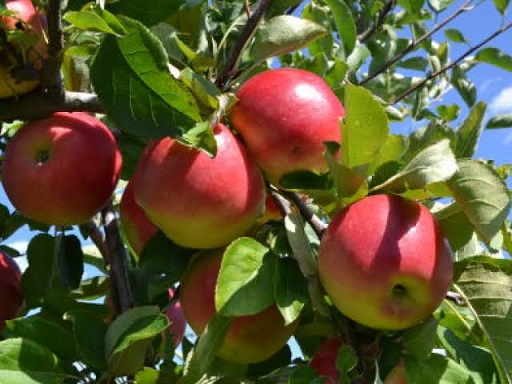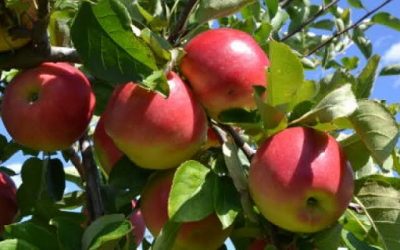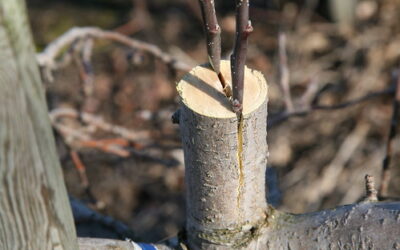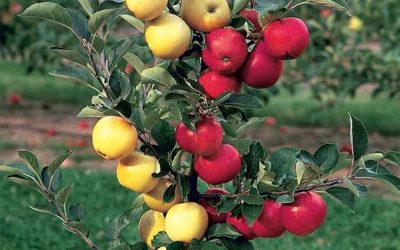Climatic conditions for growing Apples

Not every apple grows everywhere. Each variety has a specific number of days needed for fruit maturity.
Tree tags don’t always tell you where the variety grows best, but many catalogs do. Also check with your local Cooperative Extension Service for a recommendation specific to your area.
As a general rule, if a tree is termed hardy, it grows best in Hardiness Zones 3 to 5. If termed long-season, apple quality will be best in Zones 5 to 8.
Each variety has a number of chill hours needed to set fruit (i.e., the amount of time temperatures are between 32 and 45 degrees F). The farther north you go, the more chill hours an apple variety needs to avoid late spring freeze problems. Check tree tags for chill hour information or ask the seller.
Site and Soil
Take a soil test prior to planting your apple trees. Your local Cooperative Extension Service can instruct you in collecting the soil sample, help you interpret the results, and provide valuable information about the soil in your county. Results from the soil test will determine the soil amendments necessary to correct nutrient deficiencies and adjust soil pH. The amendments should be worked into the soil to a depth of 12 to 18 inches where the tree will root, not just the planting hole.
Apple trees need well-drained soil, nothing too wet. Soil needs to be moderately rich and retain moisture as well as air; mulch with straw, hay, or some other organic material to keep soil moist and provide nutrients as they decompose
Choose a sunny site. For best fruiting, an apple tree needs full sunlight which means six or more hours of direct summer sun daily.
Tree spacing is influenced by the rootstock, soil fertility, and pruning. Seedlings or full-size trees should be planted about 15 to 18 feet apart in a row. A dwarfing rootstock might be 4 to 8 feet apart in a row.
Dwarf apple trees are notoriously prone to uprooting under the weight of a heavy crop, so you should provide a support system for your hedge. You can grow your trees against a fence, or you can provide free-standing support in the form of a trellis.
Make sure the tree will not be planted in an area where cold air settles in low-lying areas. Choose a higher site with a slip if possible so that cold air will flow away from the trees.
Do not plant trees near wooded areas or trees.


